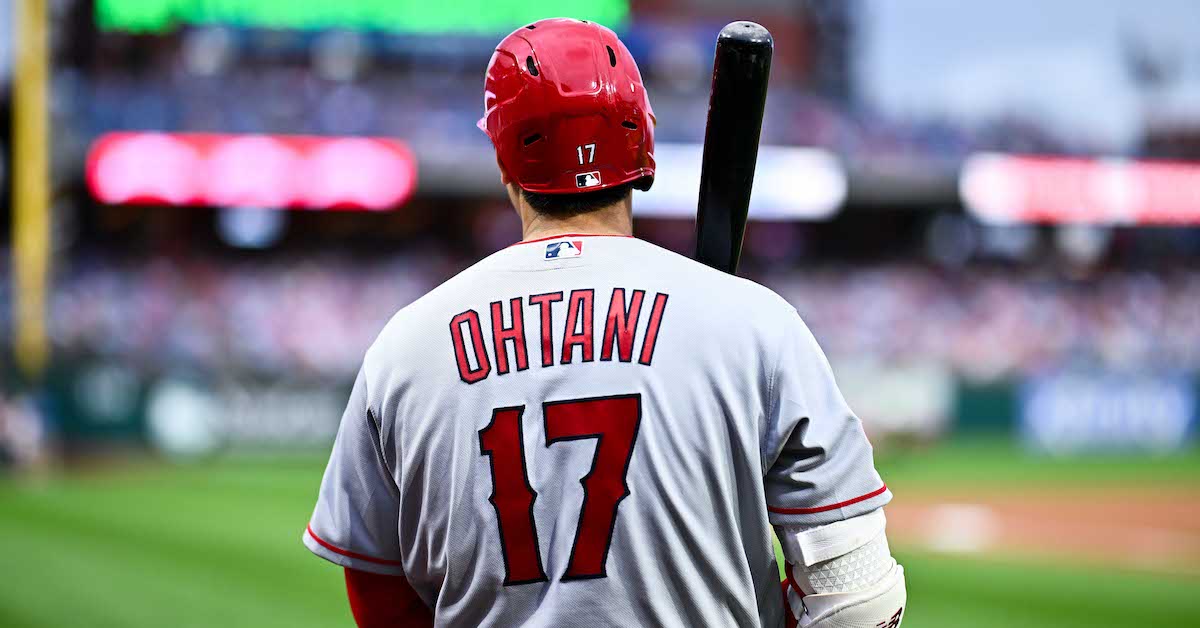Jay Jaffe FanGraphs Chat – 10/31/23
| 2:01 |
: Good afternoon, folks, and welcome to the Halloween edition of my FanGraphs chat. I’m sure we’ll discuss some horror stories from free agency, playoff bullpens, and more.
|
| 2:02 |
: Nothing from me today as I plug away at my entries for our Top 50 Free Agents list, which runs next week, but I did do a piece on Ketel Marte’s record-setting postseason hitting streak, which he extended to 19 games last night https://blogs.fangraphs.com/the-postseason-marte-party-is-one-long-hit…
|
| 2:02 |
: on with the show…
|
| 2:03 |
: What’s your opinion of Bellinger? I feel like 29 teams could sign him and he’d sustain this unsustainable performance, but for the one in the bronx he’d be unplayable by june
|
| 2:04 |
: Funny you should mention that, as he’s one of the players I’m writing about for the FA50. The change of scenery really worked for him, in that the Cubs found some mechanical changes he was able to implement without driving himself and everyone crazy with constant tinkering — mainly regarding his hand position and back hip — and he had a nice bounceback season. His Statcast numbers are pretty meager, but some of that is because he traded power for contact, cut his strikeout rate dramatically, and had some of the best 2-strike numbers of any hitter.
|
| 2:05 |
: I’m not sure he hits for a 134 wRC+ again in 2024, but his power and athleticism give him a pretty decent floor for the next few years.
|








